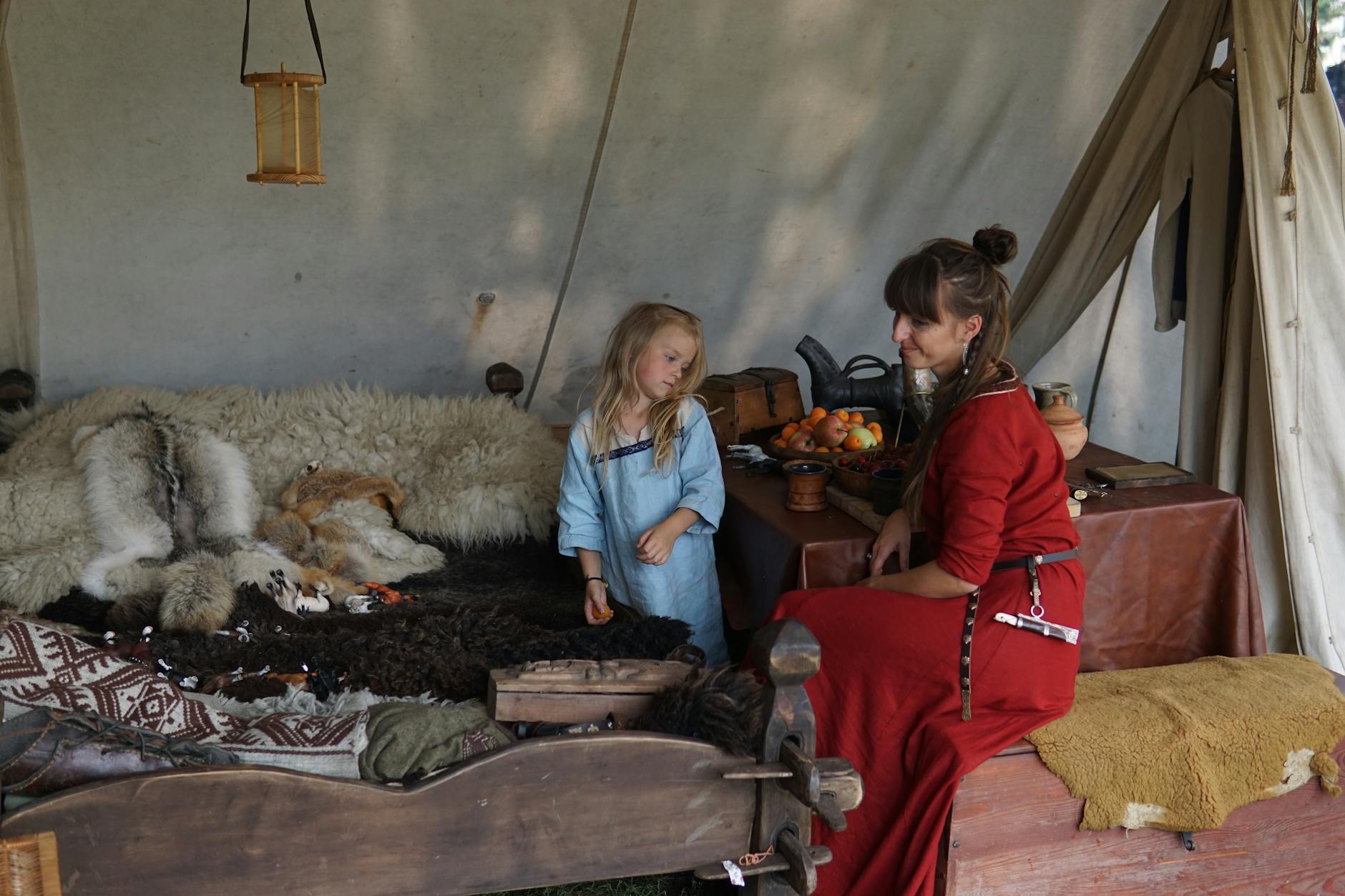Securing the Digital Frontier: How World’s AI-Driven Authentication is Rebuilding Online Trust
In an era increasingly shaped by artificial intelligence, a new wave of digital authentication is emerging to combat deception and foster genuine human connection.
The digital realm, once heralded as a boundless space for connection and innovation, is increasingly grappling with a crisis of trust. From sophisticated disinformation campaigns to impersonation and fraud, the proliferation of artificial intelligence, while offering immense potential, has also amplified the challenges of verifying human identity online. In this complex landscape, a new generation of digital authentication systems is stepping forward, aiming to re-establish a foundation of credibility in our increasingly interconnected world. Among these pioneering efforts is World, a privacy-focused human verification network co-founded by prominent tech figures Sam Altman and Alex Blania, which is at the forefront of developing solutions designed to restore trust in online interactions.
Context & Background: The Erosion of Trust in the Digital Age
The internet has revolutionized how we communicate, conduct business, and access information. However, this digital transformation has come with a significant downside: the erosion of trust. The ease with which false identities can be created and manipulated has led to widespread concerns about the authenticity of online interactions. Social media platforms, online marketplaces, and even critical infrastructure are vulnerable to sophisticated attacks that exploit the difficulty in distinguishing genuine human users from bots or malicious actors.
The advent of advanced AI technologies, such as deepfakes and sophisticated bot networks, has further complicated this issue. These tools can generate highly realistic fake content and automate malicious activities at an unprecedented scale, making it increasingly difficult for individuals and organizations to discern truth from falsehood. This growing uncertainty can lead to public skepticism, hinder legitimate online commerce, and even pose risks to democratic processes.
Historically, online verification methods have relied on a variety of approaches, from simple username and password combinations to more robust systems like two-factor authentication (2FA) and identity verification services. However, these methods often fall short in the face of advanced AI-driven manipulation. Passwords can be stolen or guessed, and even 2FA can be compromised through phishing or SIM-swapping attacks. Furthermore, traditional identity verification often requires sharing sensitive personal information, raising privacy concerns.
In-Depth Analysis: World’s Approach to Human Verification
World’s initiative represents a significant departure from conventional verification methods, focusing on a privacy-centric approach to human verification. The core of their system is built around the idea of proving one’s humanity without necessarily revealing sensitive personal data. This is achieved through a novel combination of biometric and behavioral analysis, designed to create a unique, verifiable digital “fingerprint” that is tied to an individual’s real-world identity, yet anonymized in its online manifestation.
A key component of World’s system involves a process that verifies an individual’s humanness through methods that are difficult for AI to replicate. While specific technical details are proprietary, such systems often leverage unique, unscripted human responses to challenges that AI algorithms cannot easily mimic. This could involve subtle patterns in interactions, reaction times, or the inherent unpredictability of genuine human decision-making. The goal is to create a robust barrier against automated impersonation and bot activity.
Crucially, World emphasizes privacy throughout its design. The system aims to generate verifiable proofs of humanness that can be shared selectively and on a need-to-know basis. This means users can prove they are real without constantly broadcasting their personal details to every website or service they interact with. This approach addresses a major pain point for many users who are increasingly wary of data breaches and the oversharing of personal information required by many current online services.
The co-founding by figures like Sam Altman, CEO of OpenAI, and Alex Blania, suggests a deep understanding of the AI landscape and its implications. Altman’s work with OpenAI, a leading AI research company, positions him uniquely to understand the capabilities and limitations of AI in this context. Blania’s expertise likely complements this with a focus on decentralized and privacy-preserving technologies, a critical element for building a trustworthy verification system.
The potential impact of such a system is far-reaching. It could revolutionize online social interactions, secure e-commerce transactions, protect against online fraud, and even enhance the integrity of online voting systems. By enabling platforms to reliably identify human users, World’s system could create a more secure and authentic online environment, fostering greater engagement and reducing the prevalence of malicious activities driven by bots and fake accounts.
Key Takeaways
- The digital age faces a trust deficit due to sophisticated AI-driven manipulation, including disinformation and impersonation.
- Traditional verification methods are increasingly insufficient against advanced AI threats.
- World, co-founded by Sam Altman and Alex Blania, is developing a privacy-focused human verification network.
- Their system aims to verify humanness through unique, AI-resistant methods without compromising user privacy.
- The goal is to restore trust in online interactions by reliably distinguishing humans from bots.
Future Outlook: A More Authentic Digital Existence
The successful implementation of robust, privacy-preserving digital authentication systems like World’s could usher in a new era of online interaction. Imagine a social media landscape where bots are significantly curtailed, allowing for more genuine human conversations. Consider e-commerce platforms where the risk of fraudulent transactions is drastically reduced, leading to greater consumer confidence. In the realm of digital identity, such systems could empower individuals with greater control over their data while still allowing them to participate fully and securely in the online world.
However, the path forward is not without its challenges. Widespread adoption will require collaboration between technology providers, businesses, and regulatory bodies. Ensuring accessibility for all users, regardless of their technical proficiency or access to advanced devices, will be paramount. Furthermore, continuous innovation will be necessary to stay ahead of evolving AI capabilities and potential new forms of manipulation.
The development and adoption of these systems are not merely technical advancements; they represent a societal shift towards valuing and protecting genuine human interaction in the digital space. As AI becomes more integrated into our lives, the ability to confidently verify who we are interacting with online will be crucial for maintaining a healthy and productive digital society.
Call to Action
As the digital landscape continues to evolve at an accelerated pace, individuals and organizations alike must prioritize the adoption of advanced authentication and verification solutions. Staying informed about emerging technologies that aim to enhance online security and foster trust is crucial. Supporting initiatives that champion privacy-centric approaches to identity verification will be vital in building a more authentic and secure digital future for everyone.







